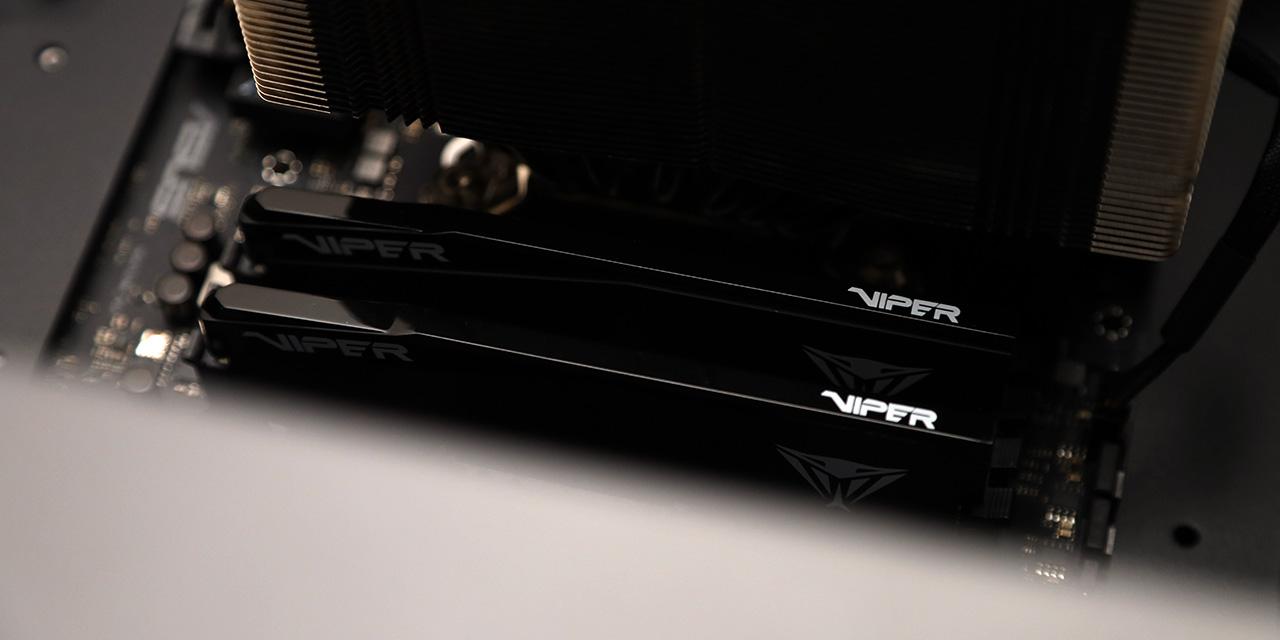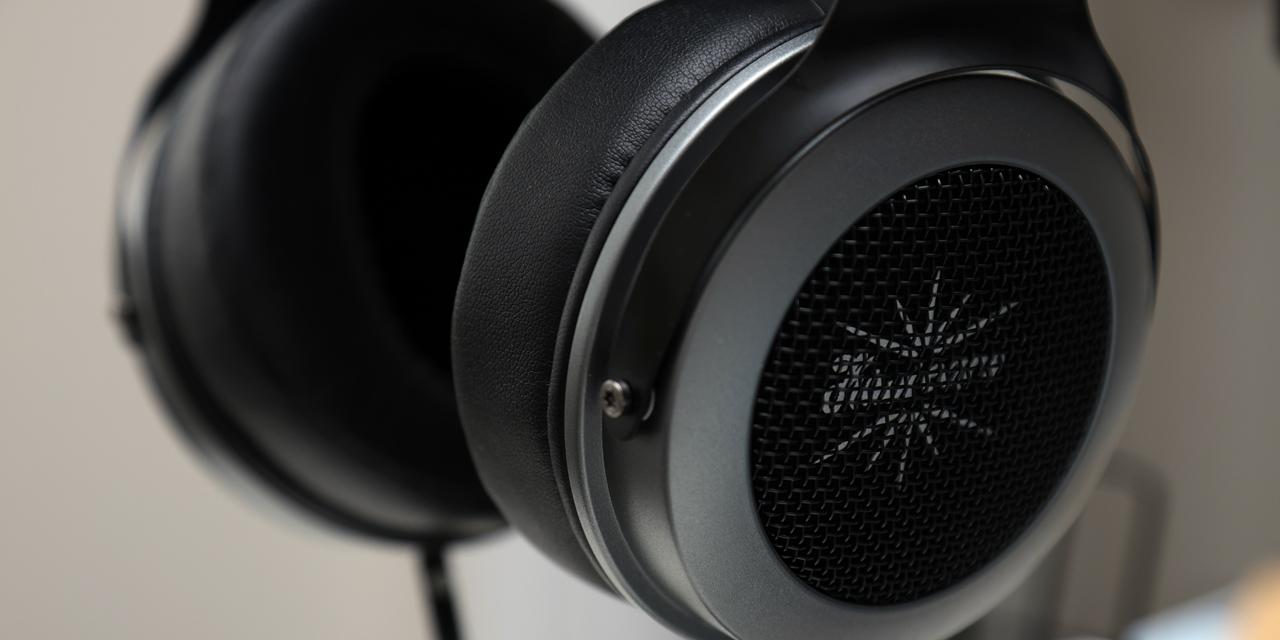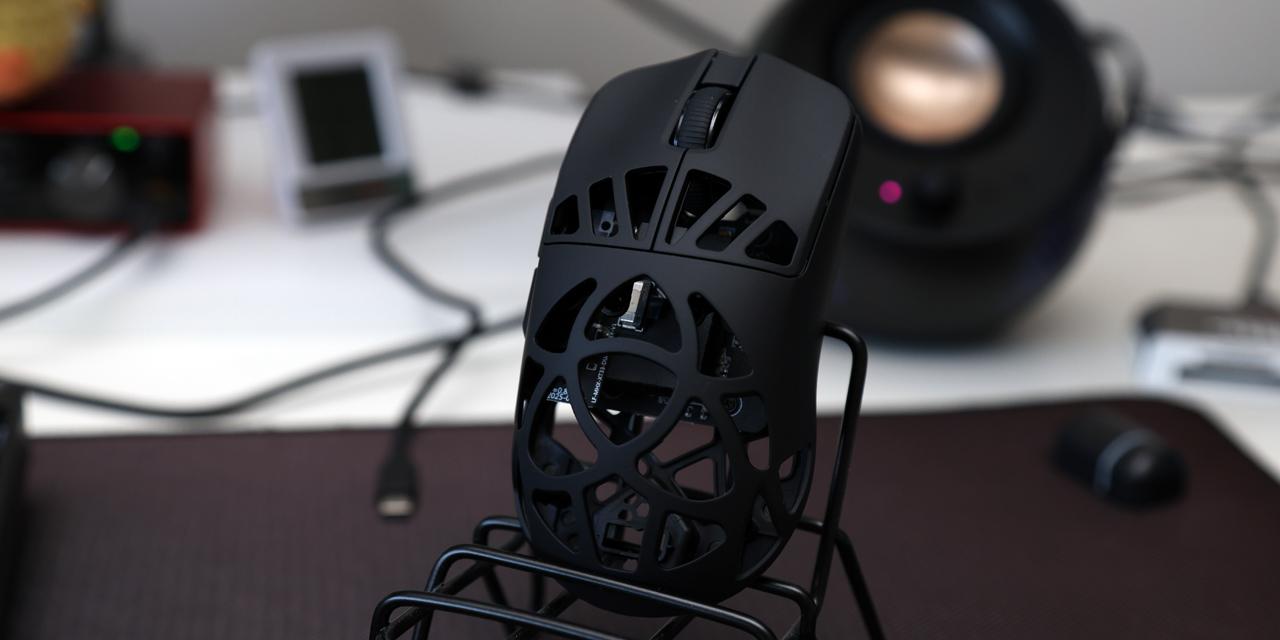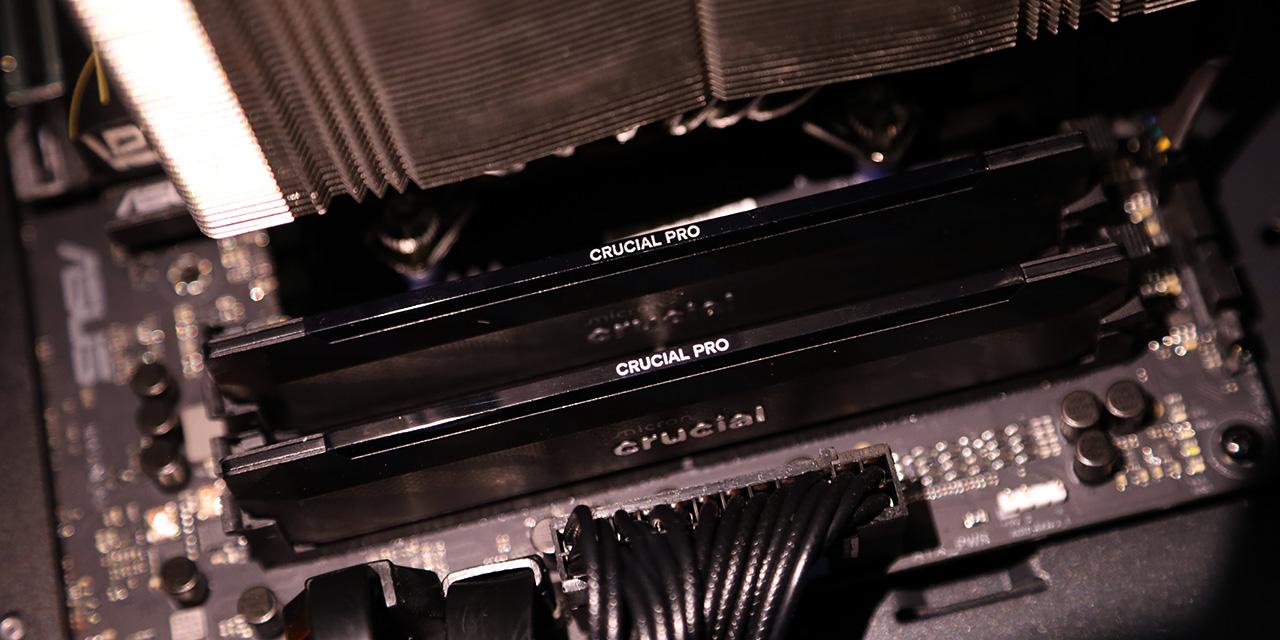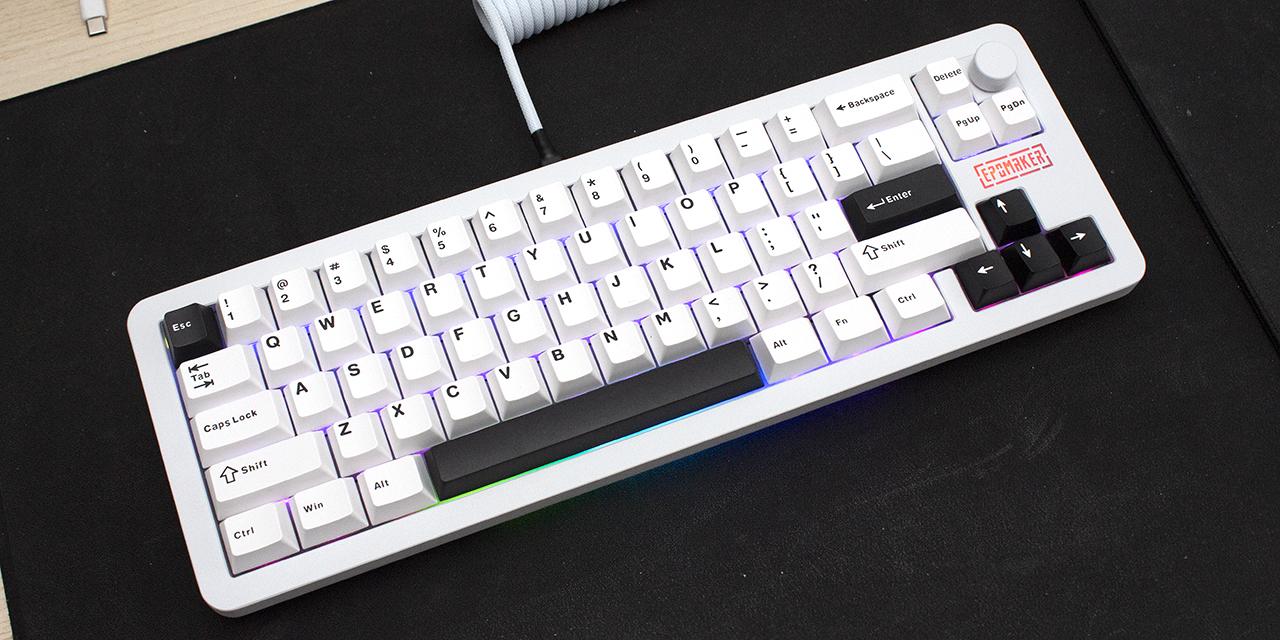Page 5 - Benchmark: Crystal Disk Mark 9.0
About Crystal Disk Mark
- Measure Sequential and Random Performance (Read/Write/Mix)
- Peak/Real World Performance Profile
From: Developer's Page




Crystal Disk Mark 9.0 is in the spotlight. Just a bit of background information, higher capacity drives tend to perform a little better in these tests. The ability of a controller and flash memory to deliver high IOPS will provide huge benefits to the score as well. As manufacturer peak read and write performance ratings are usually achievable using Crystal Disk Mark, whether a drive lives up to its marketing claims or not can be validated by this program.
XPG claims the Mars 980 Blade's maximum read and maximum write are pinned at 14,000MB/s and 13,000MB/s, respectively. Looking at the linear read and write results, the tested numbers were reasonably close compared to the advertised numbers. The PCIe 5.0 NVMe-based drivers were all close to each other, but the Sandisk and Crucial drives had a slight edge when it came to write. The XPG drive seemed to have issues catching up in the Seq1M Q1T1 sections, coming in at almost half the score. In the RND4K benchmarks, the the Mars 980 Blade was strong other than Q32T1 write. Overall, the XPG Mars 980 Blade 2TB was a mostly strong, but somewhat inconsistent, performer in the context of other flagship PCIe 5.0-based NVMe SSDs. I will let you make your own comparisons on our list of NVMe SSDs in the graphs above.
Page Index
1. Introduction, Packaging, Specifications
2. A Closer Look, Test System
3. Benchmark: AIDA64 Disk Benchmark
4. Benchmark: ATTO Disk Benchmark
5. Benchmark: Crystal Disk Mark 9.0
6. Benchmark: HD Tune Pro 5.70
7. Benchmark: PassMark PerformanceTest 11
8. Benchmark: PCMark 10
9. Benchmark: 3DMark
10. Conclusion
